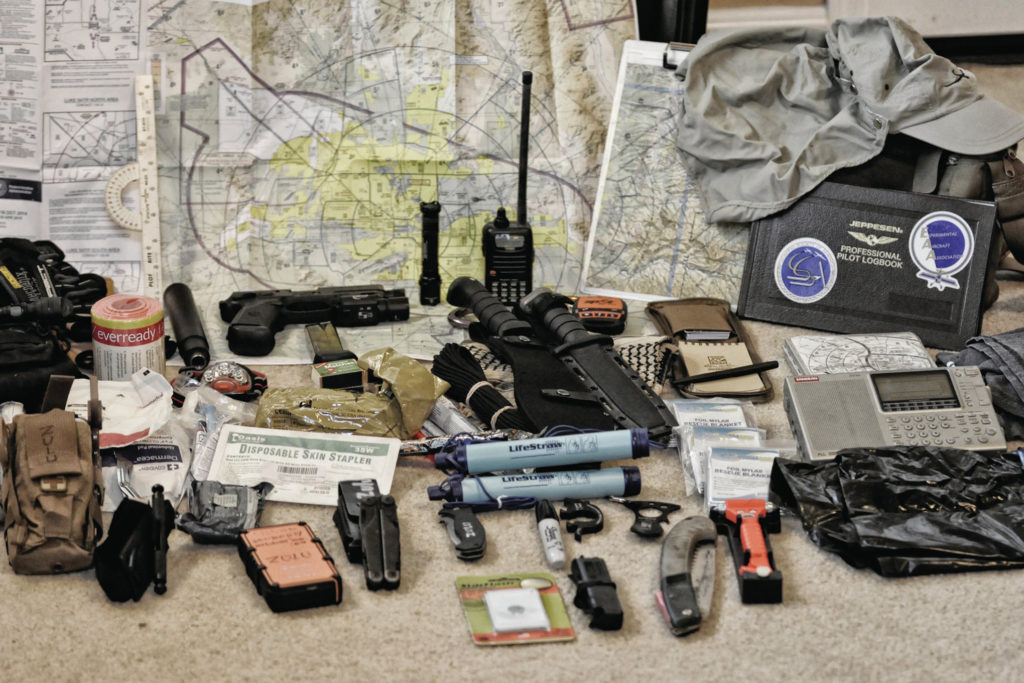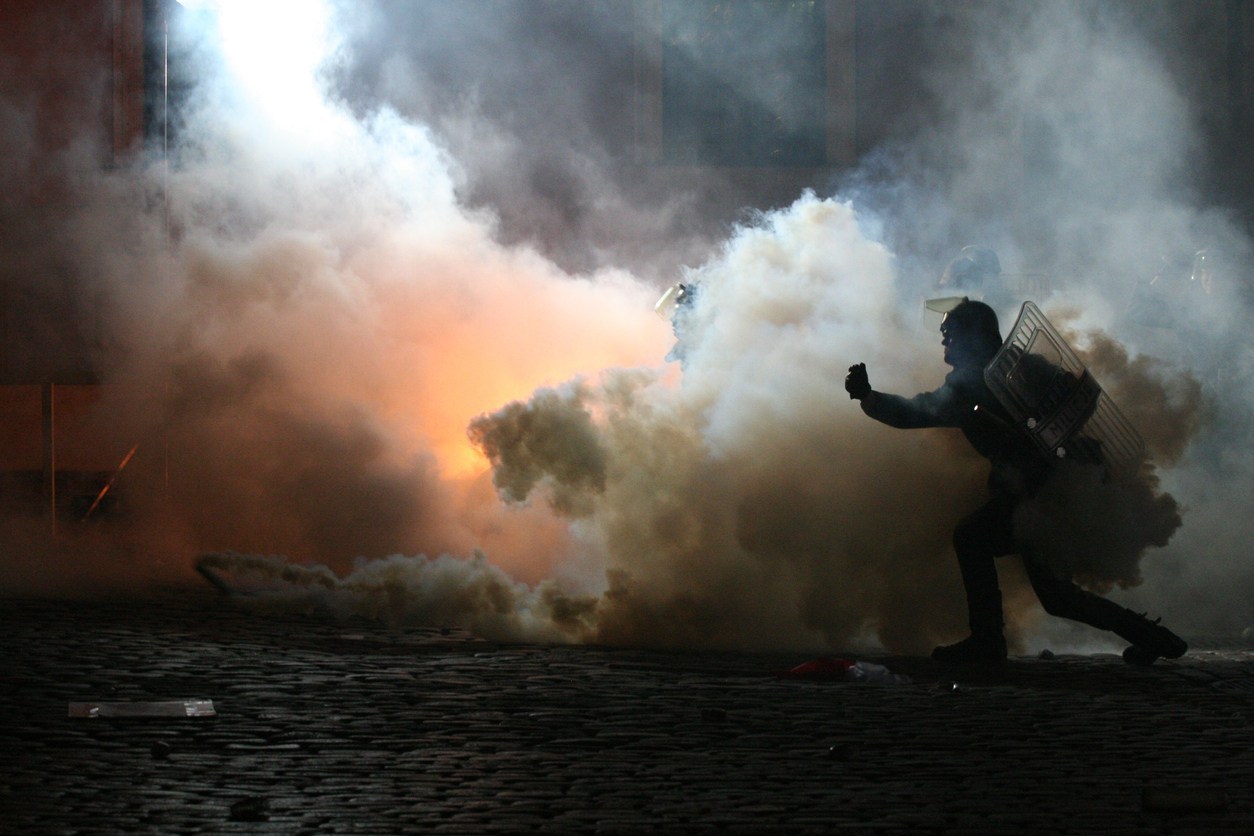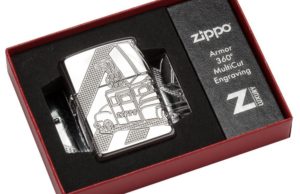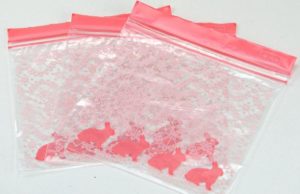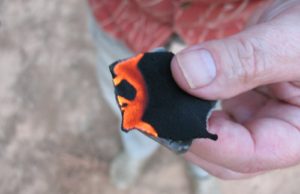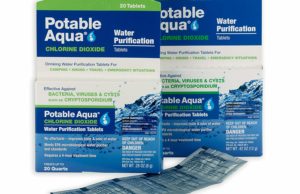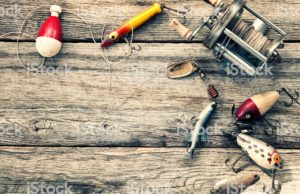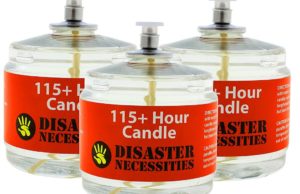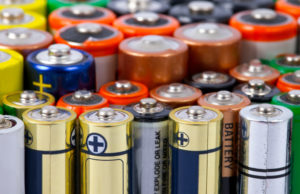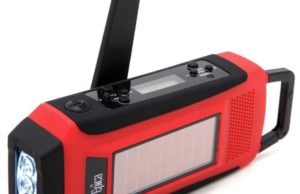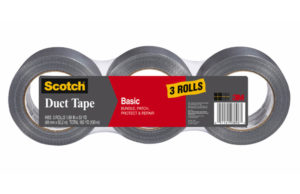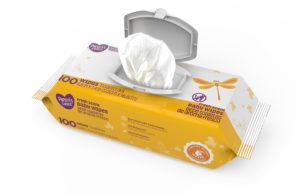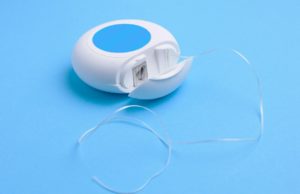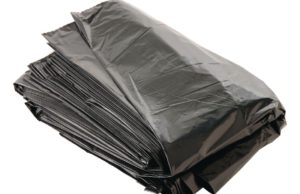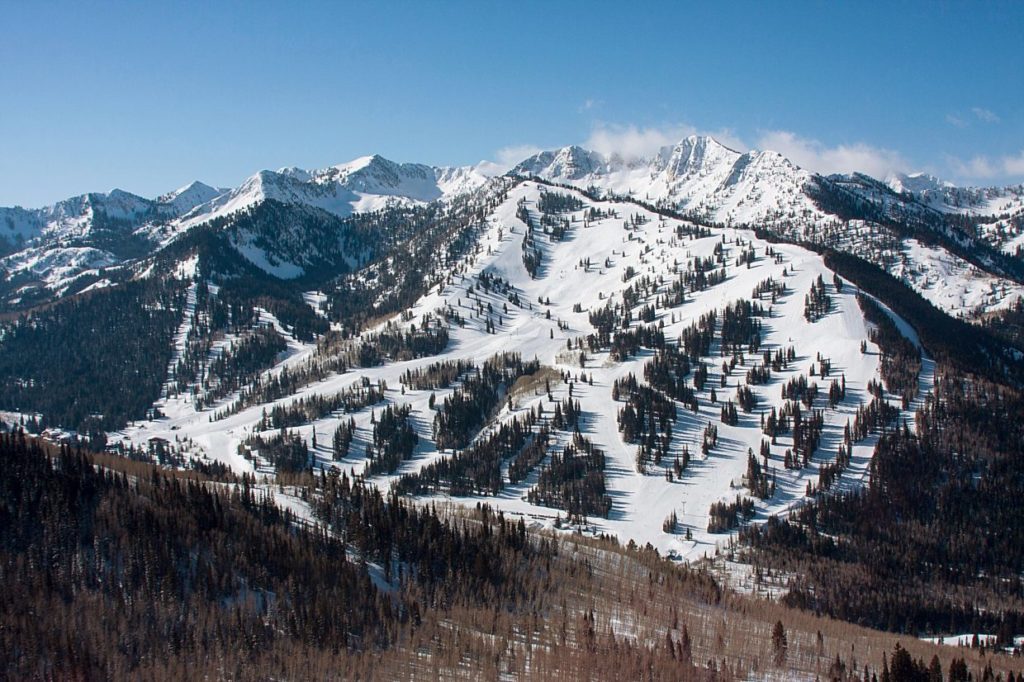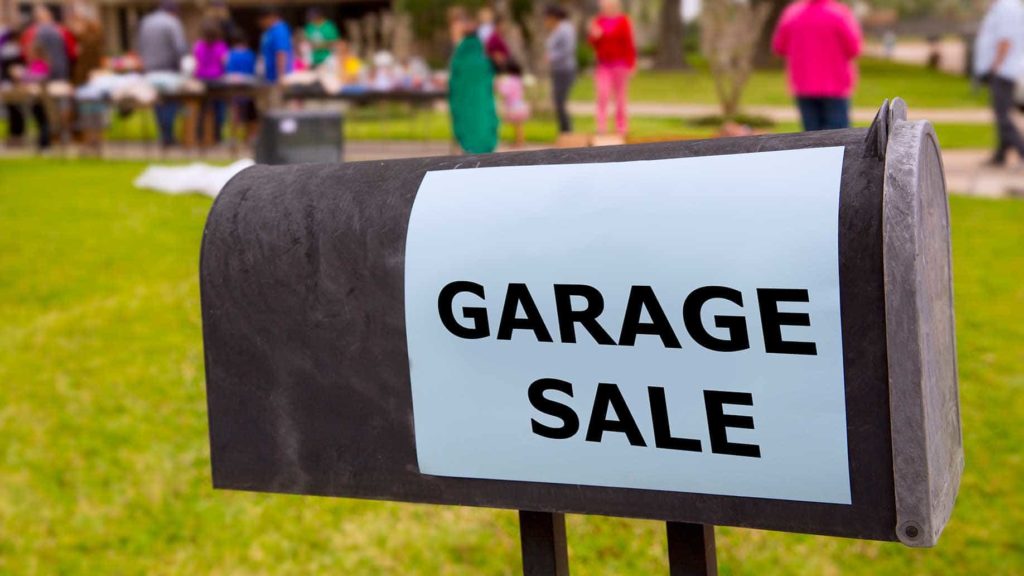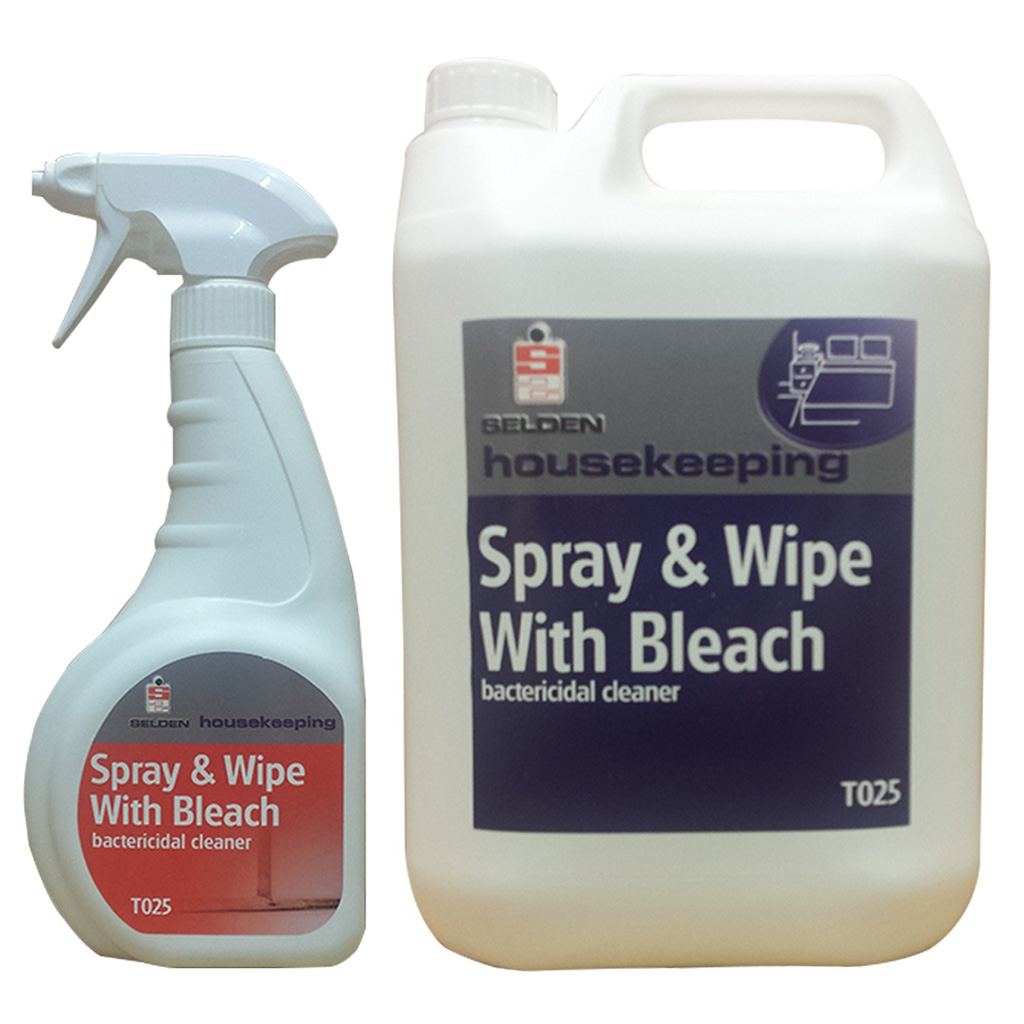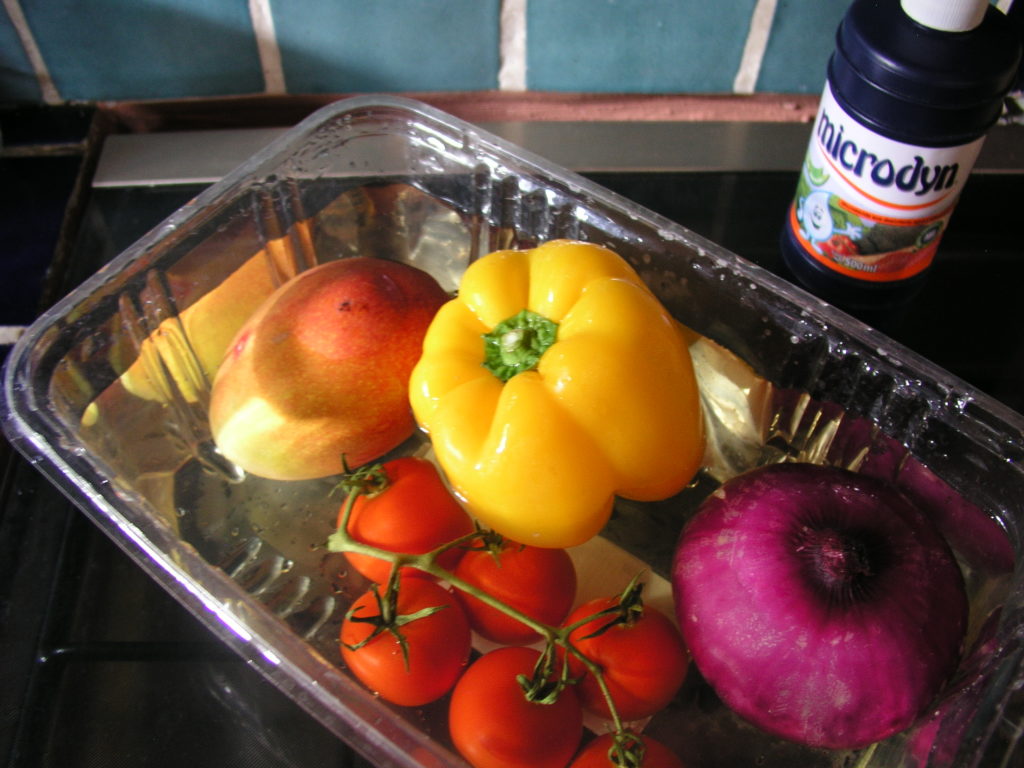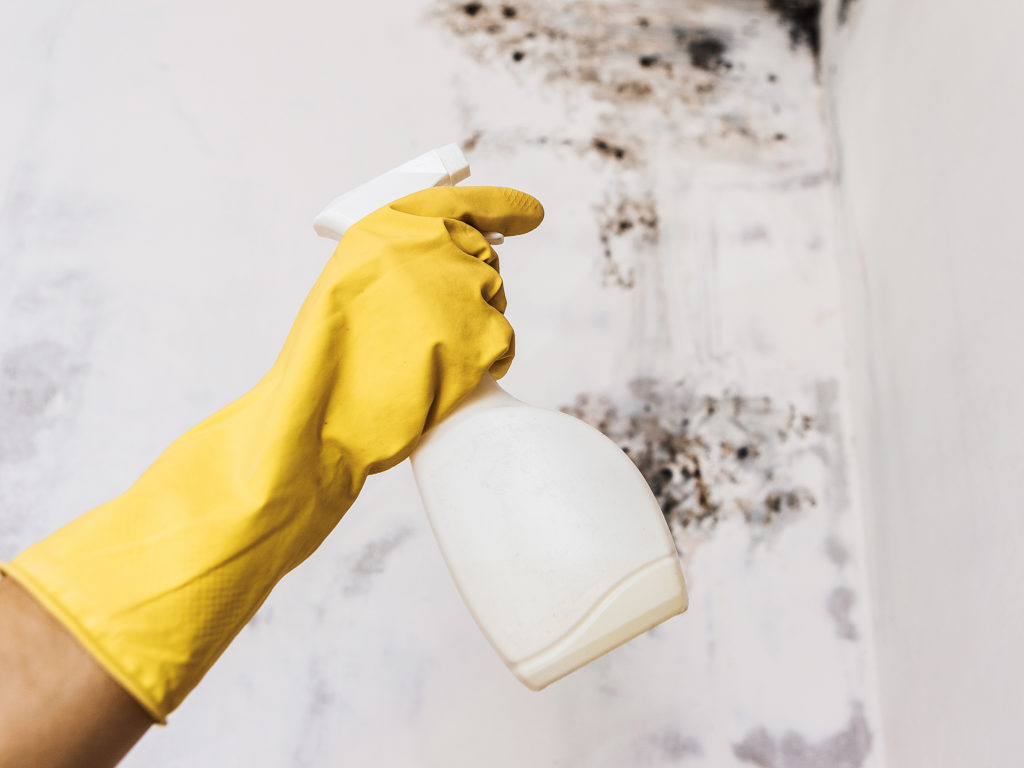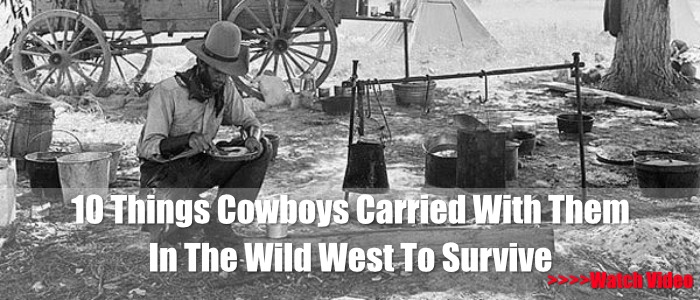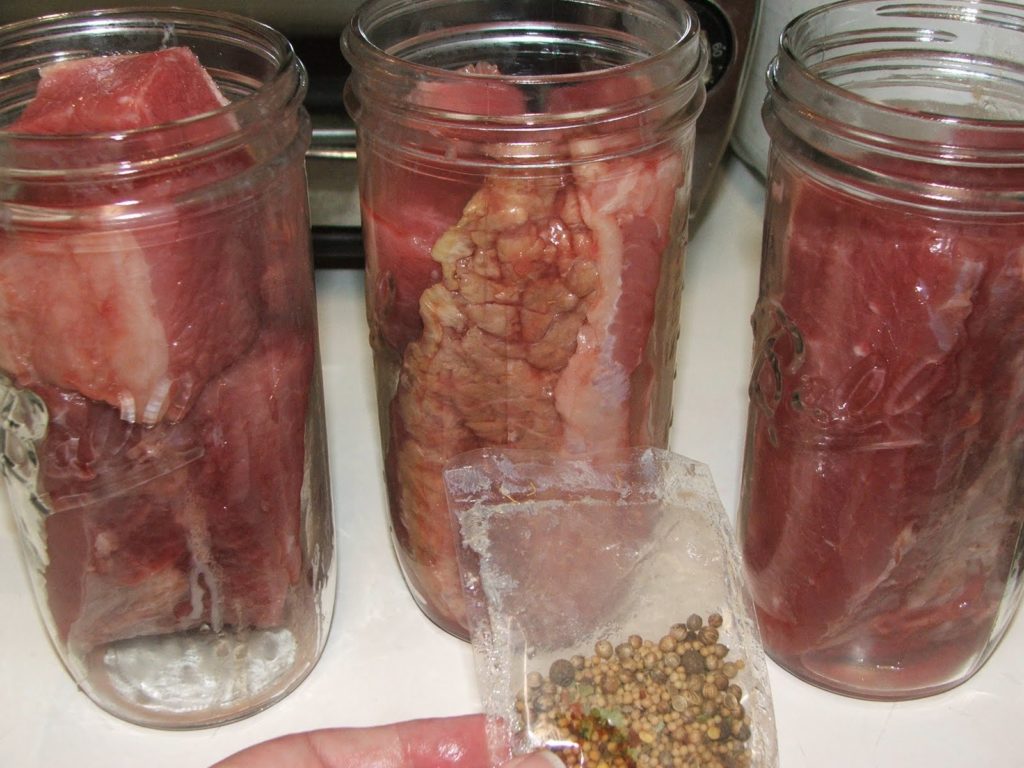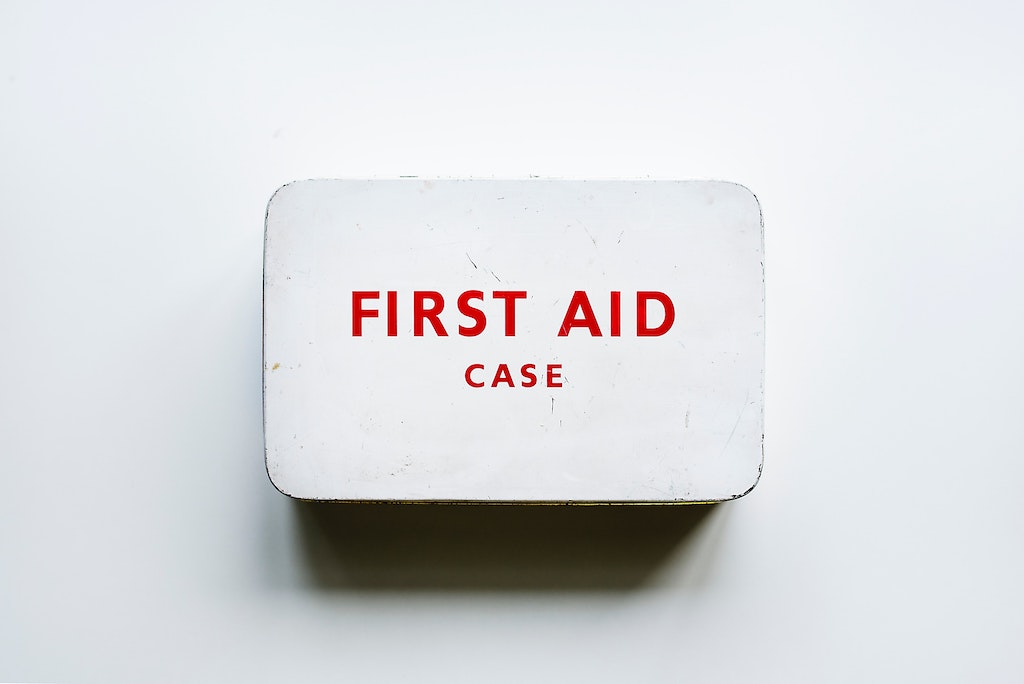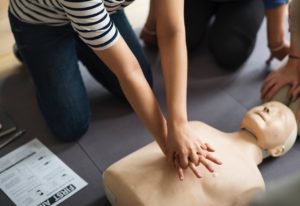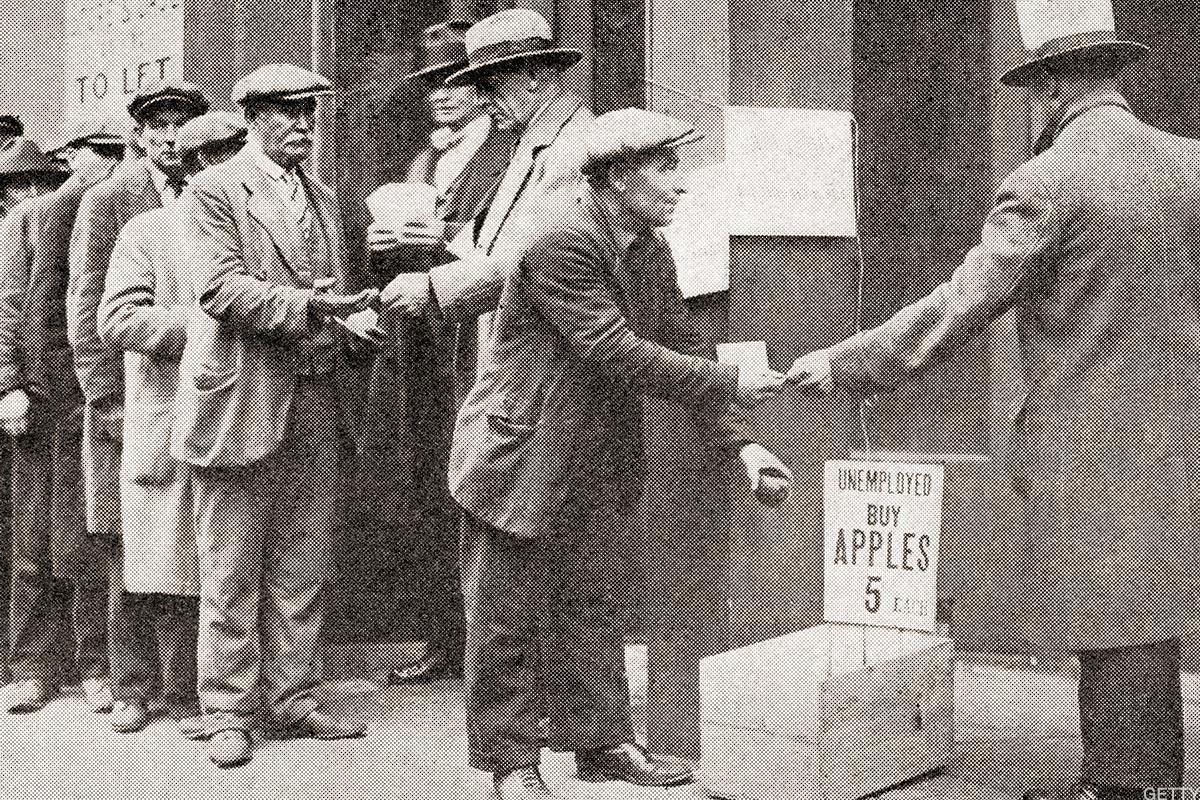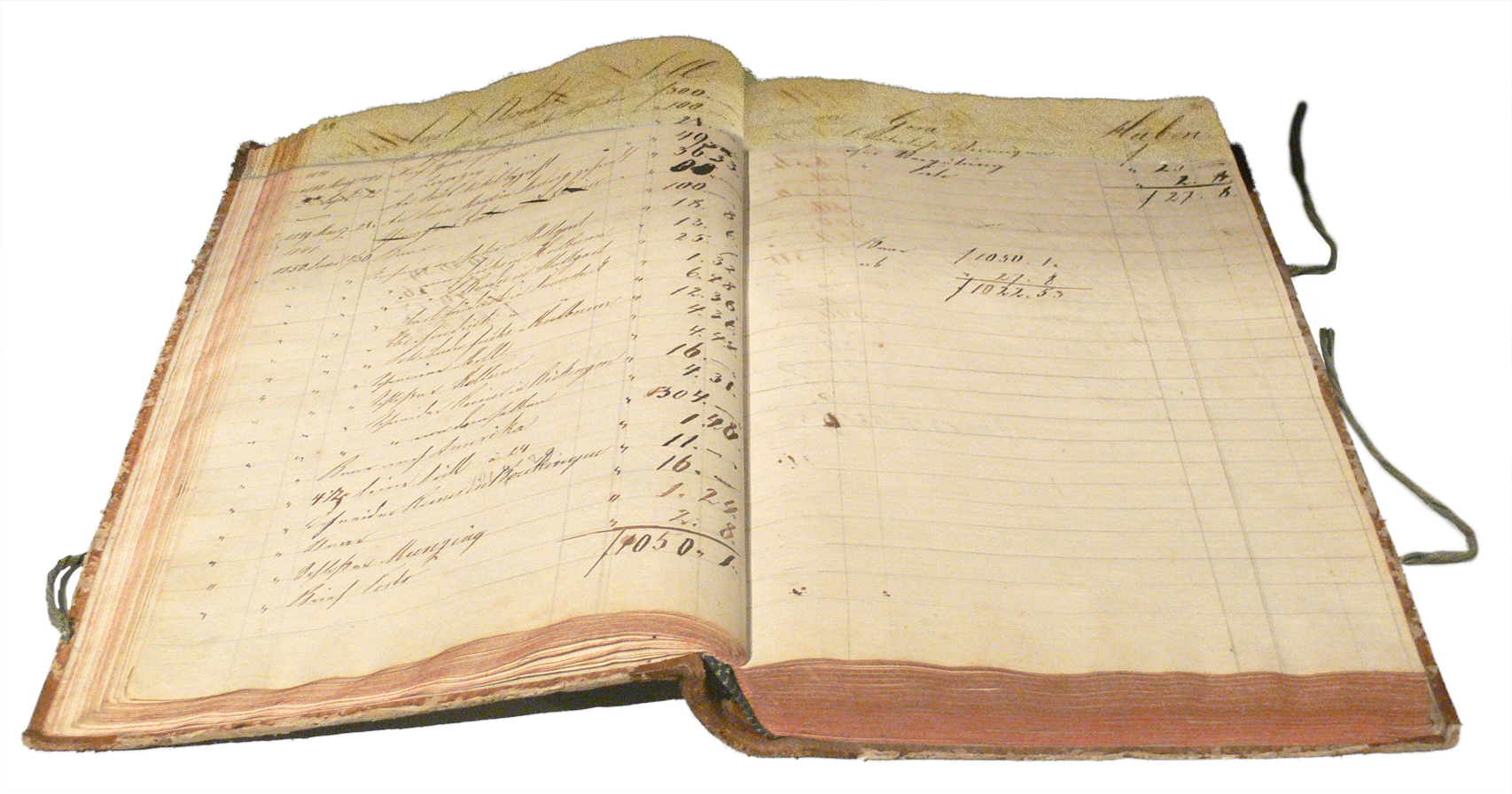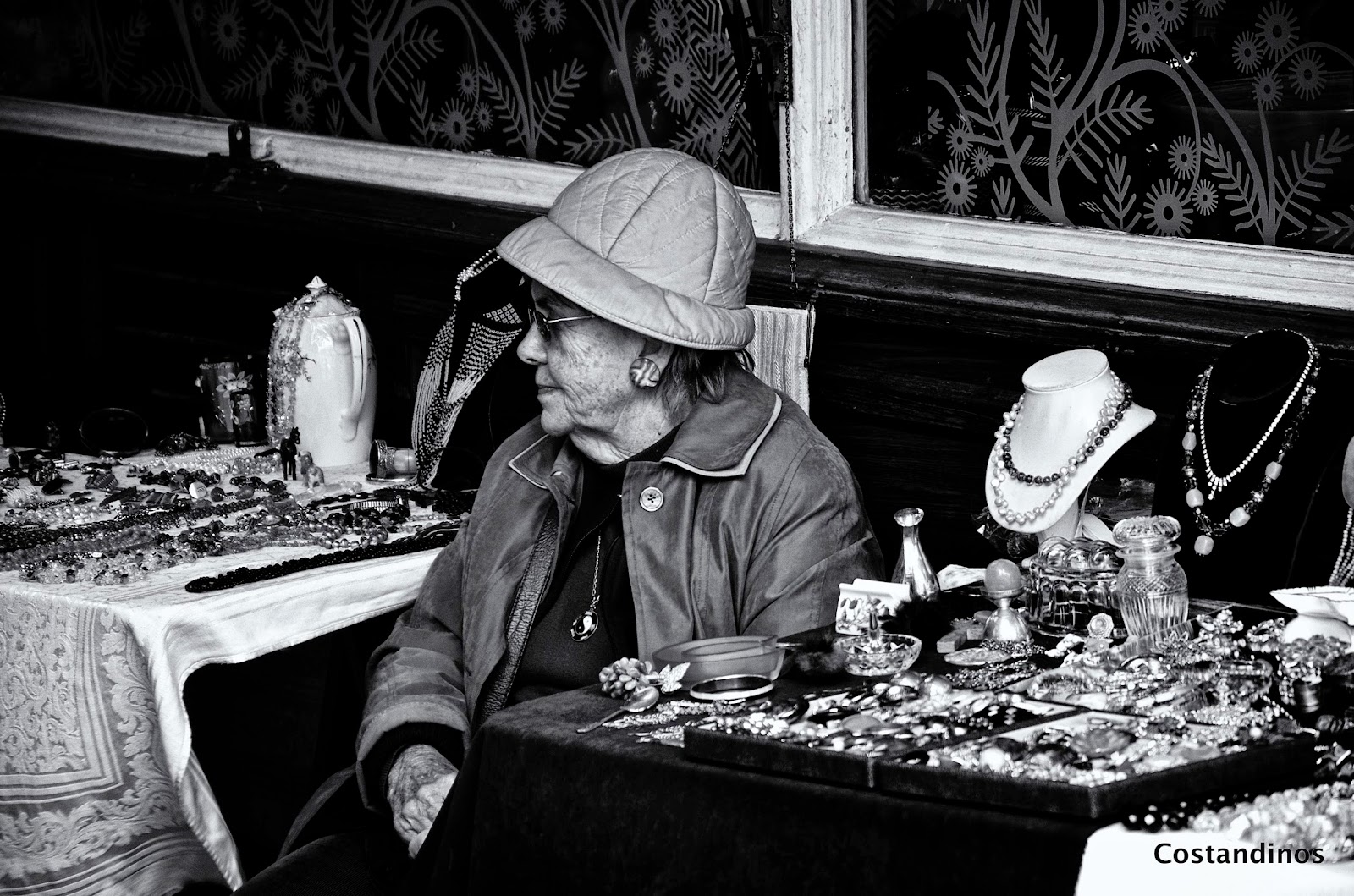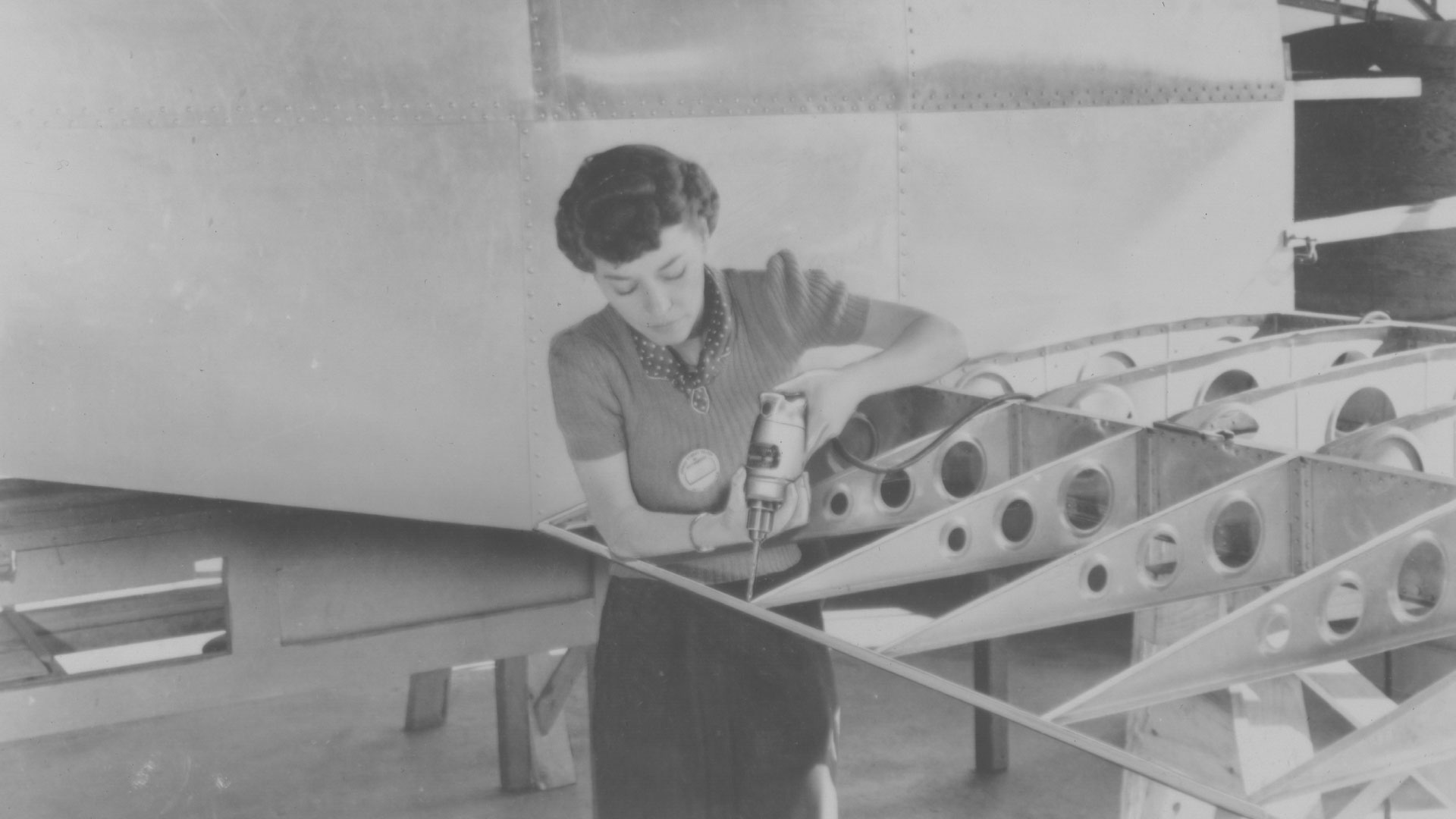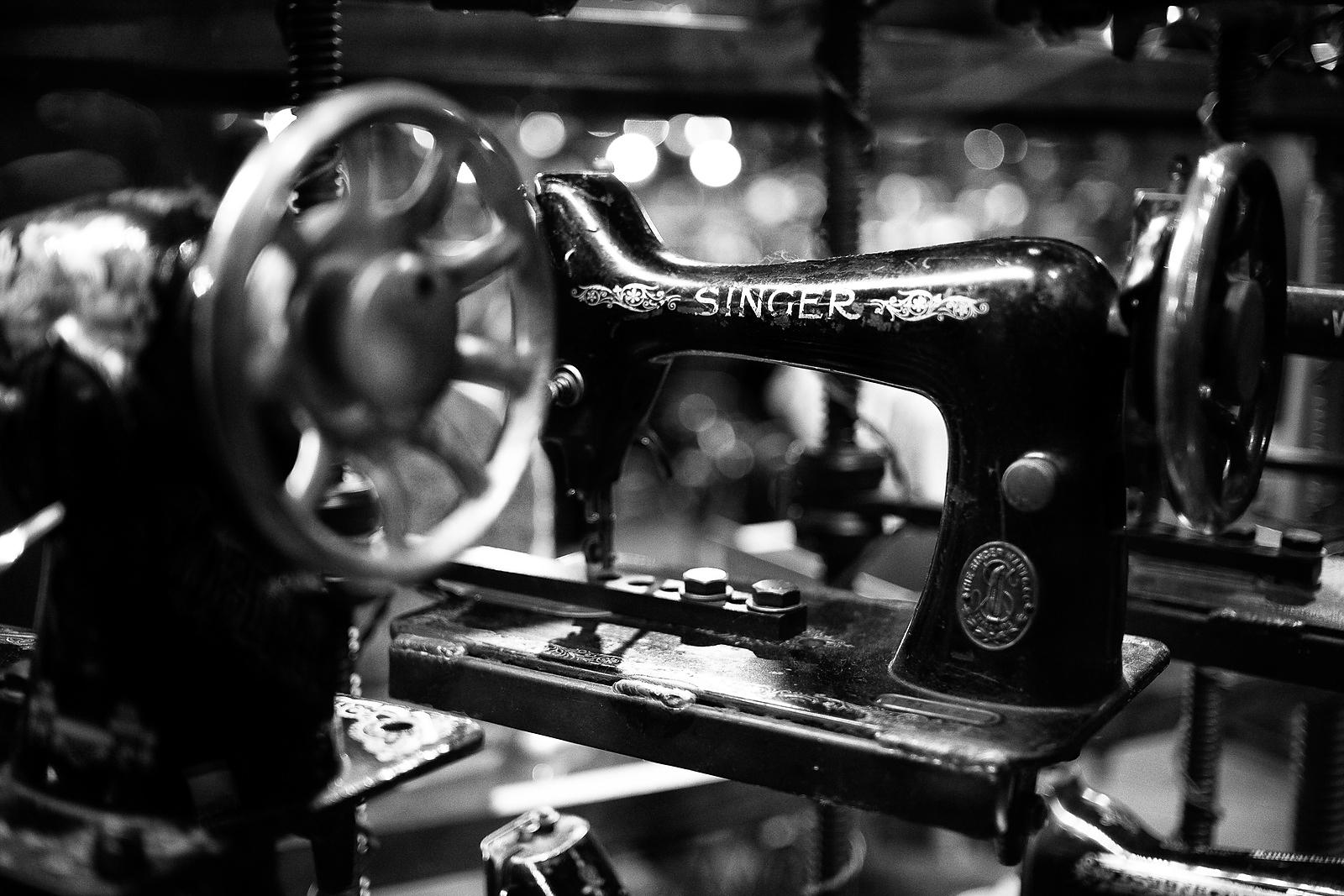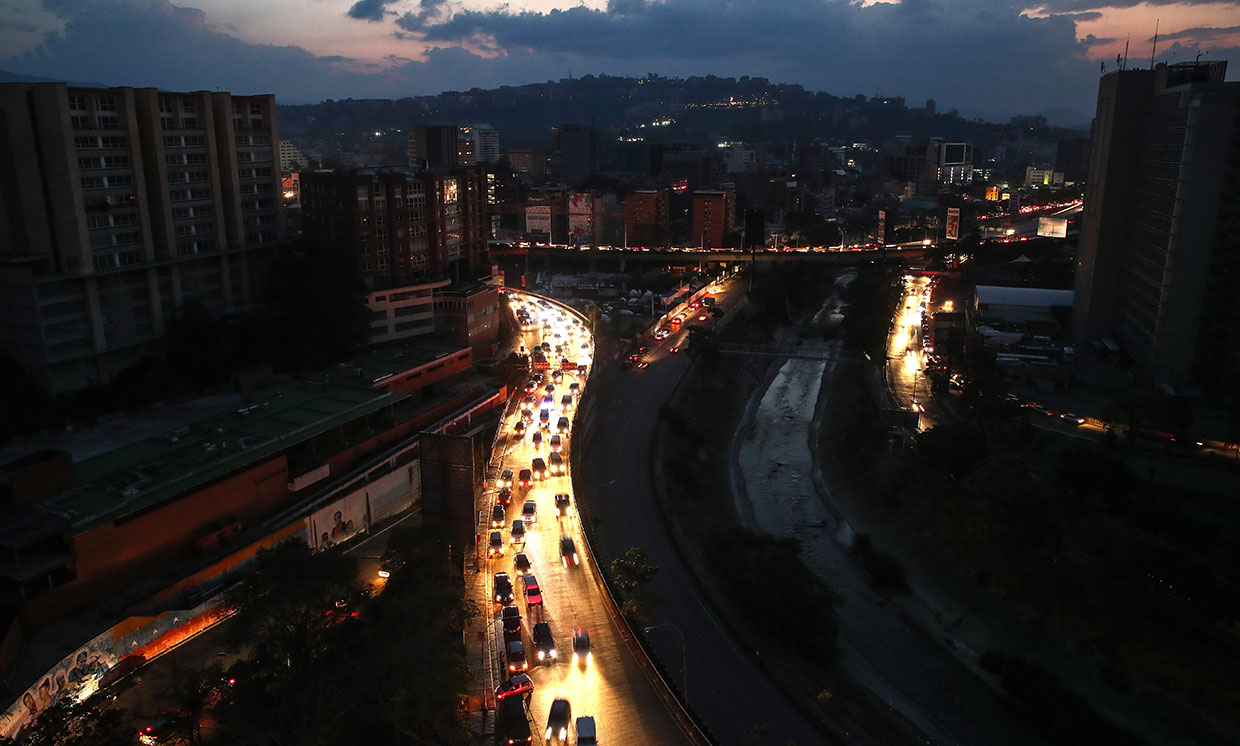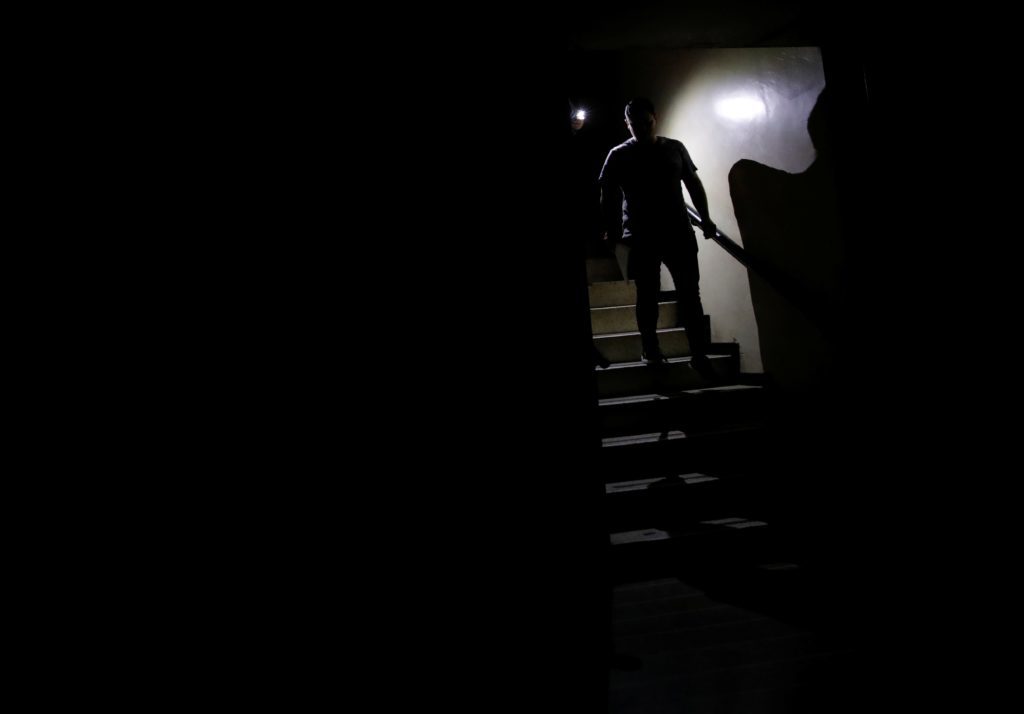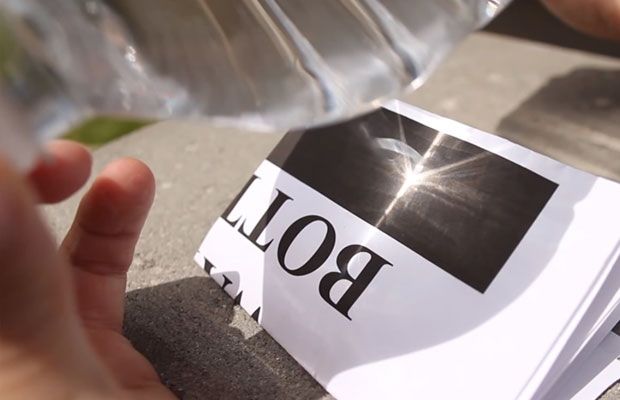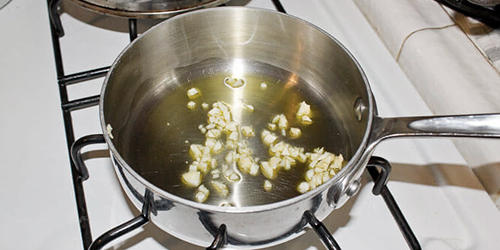Top 4 Choices in Building a Killer EMP B.O.B
If one thing’s for sure is that bug out bags are, at times, even more, important that one would care to realize. And I’m not just saying this because I have a bunker tucked away in my basement where I prepare for the coming of the Apocalypse (or do I?) – it’s one thing you don’t wanna lose, regardless how shitty things get.
Remember the first time you went up the mountain, and someone told you that you should have a rucksack with some basic things like food, water, and clothes? Well, since I learned all about B.O. Bs, I sort of grew out of regular hiking packs.
Who can blame me for that? My wife, for one, who says I look kind of silly going to work with a rucksack filled with prepper goodies like windproof matches, magnesium rod, and tactical flashlight.
Anyhow, B.O.Bs are fiendishly cool and, if you know what to pack, you can survive anything from an EMP to coming home empty-handed on your wedding anniversary (seriously, that’s way worse than trying to outrun a tornado).
Since most of you are taken aback by this whole powerless living thingy, I’ve decided to share with you my list of 4 most useful objects to have in your B.O.B during an EMP.
Vital EMP Items for Your B.O.B
- Fire starting gear


Whether it’s for a night out in the woods or for BBQing some juicy ribs, fire starting gear is a must for every self-respecting prepper. You have a lot of choices here: weather-proof matches, Zippo or any army-grade lighter, or magnesium rod. The best thing about this stuff is that they require an electrical jolt like regular lighters do, meaning that you will be able to use them even if half the world’s out of electricity due to an EMP.
Now, if you’re as ‘dedicated’ (rather obsessed) as I am with keeping a fully-stocked B.O.B, you may want to get all of them. And another thing – if you’re that kind of person who would rather do anything else with money rather than investing it in survival gear, you should definitely check out any local thrift stores and yard sales.
2. Maps


No matter where you go or what you plan on doing, maps are vital. Yes, I know that most of you tend to rely way too much on GPS or smartphones, but to keep in mind that those things eventually run off battery or, worse, can be knocked out by an EMP. Leaving the Doomsday scenario aside, I personally find them unreliable even with Google’s vans mapping every square inch of the globe.
True story: last year, I went on a sort of honeymoon trip with my wife to Vienna. Enchanting city and full of history. The thing is that there are tons of sites and building to visit, but you really need to pick up the pace and have a map or a guide to see all of them (we stayed for a whole week). Anyway, there we were in Freud’s city and wanted to visit the Natural History Museum.
Fired up Google Maps and entered our destination. After half an hour of walking, we realized that we were going the wrong way. Of course, we ended up ordering an Uber, but that’s not the point – even though we were going in the right direction, the blasted thing keeps telling us that the route was completely wrong.
Never again will I rely on Google when I’m abroad. If you like these kinds of trips, I would recommend getting a map of the city or area – in some countries, like Sweden for example, they’re free of charge, and you can pick them out from any train, bus or tram station.
3. Portable Stove

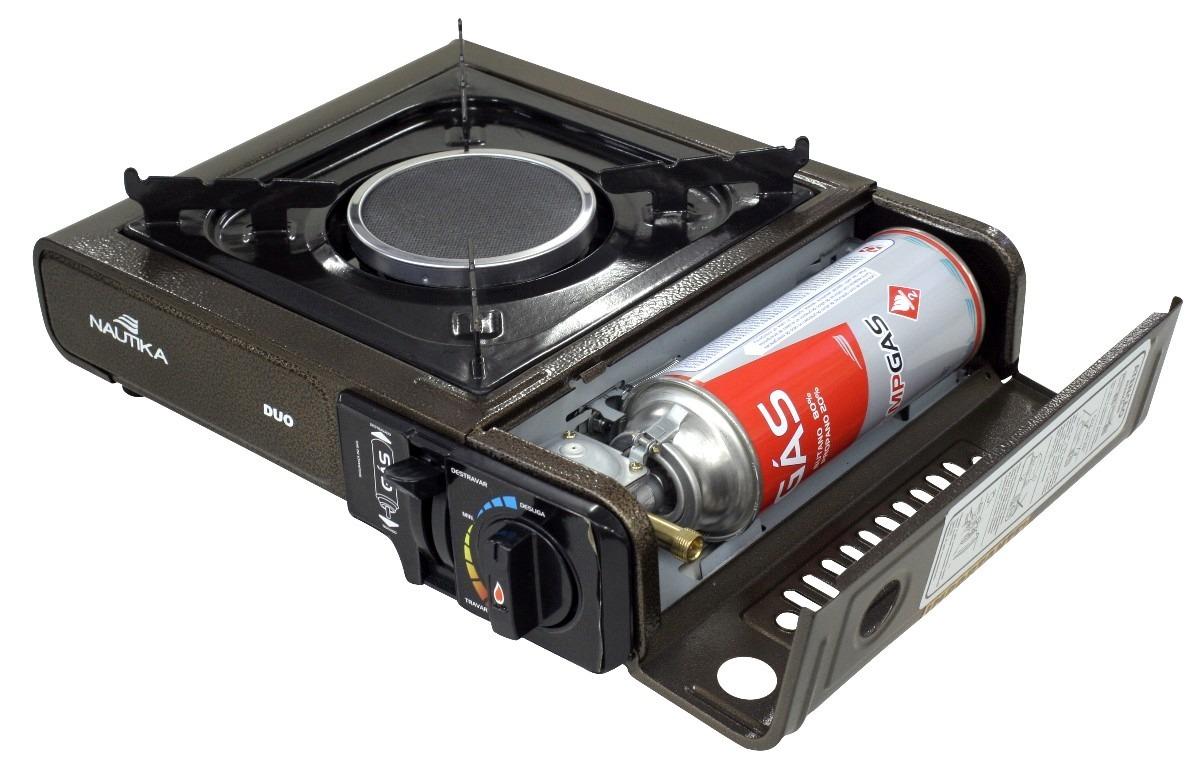
Cooking is to survival as air is to the lungs. There’s no denying to that. Sure, there are plenty of ways to cook without relying on microwaves or any electrical cooking machine. Still, my first choice in SHTF food-prepping gear is the portable stove.
Sure, most of you would argue that the thing will only add to the B.O. B’s overall weight. Not quite true in fact. A while back, I bought this nice little trinket from an army surplus store – it has a propane canister and metallic support for pans or pots. Nothing too fancy.
To my surprise, the whole thing’s incredibly light. Made me so happy, that I decided to buy one for each bug out bag in my house. If you want a high-quality portable stove, get one that comes with a lever to control the gas flow.
4. Survival knife


There’s nothing short of brain surgery this bad boy can do. Probably only the most important piece of survival gears you’ll be glad to have in an SHTF situation. It’s something about simple tools like a knife, for instance, that really brings out the SURVIVOR in you.
Now, I would advise you to do your homework well when shopping for this type of instruments. Why? Because of rip-offs, that’s why. If you see a company advertising military-grade survival knife for under 50 bucks, do yourself a favor and steer clear. A buddy of mine bought it this one time. Since he was a big fan of the Rambo franchise, he searched high and low for a survival knife just as Stallone’s character.
He eventually found something similar on a discount website for 30 bucks. Told him it was a bad idea, but do they listen? Anyway, he ordered the thing which came home in a week or so. In wanting to try it out, he wanted to chop up some stakes for his veggie garden. Two stakes late, the thing broke down. Of course, you would say something like “maybe your buddy doesn’t know his strength.” Far from it – the blade was glued to the pommel.
So, if there’s a lesson to be learned here it’s this one: always aim for quality and buy full-tang knives.
Missed anything in my list? Do let me know in the comments.
Before you go, you may also like:
This is more than just about your guns…
How to survive any medical crisis situation with ease
10 Easy Steps to Secure your privacy
Secret Military Solution For Power Independence
DIY Unlimited water source
Why a food reserve is way better than the Federal Reserve
Lost Skills of our Ancestors that still work today
Remember the first time you went up the mountain, and someone told you that you should have a rucksack with some basic things like food, water, and clothes? That was

